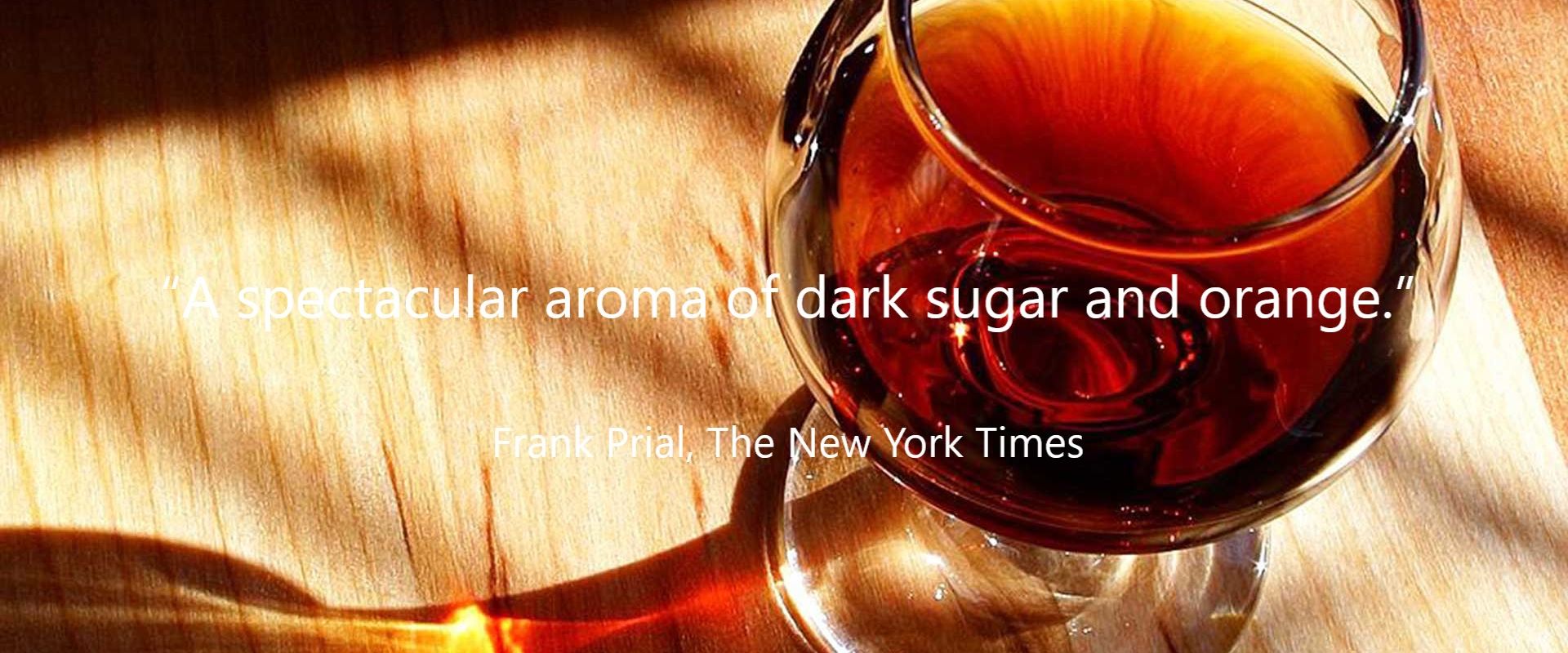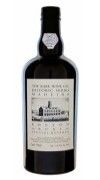LOOKING AROUND
A behind-the-scenes look at the property—from the décor to the history.
Read On 
Thomas Jefferson, wine collector? Before Americans began filling their cellars with vintages from Napa, Burgundy or Bordeaux, early settlers preferred to sip a wine that might come as a surprise to some aficionados.
Madeira, a fortified wine made on the tropically inclined Portuguese islands of the same name, became a prized import among politicians and patriots in Colonial America. So much so, the seizure of 3,150 gallons of the sweet stuff on John Hancock’s ship Liberty by the British caused riots among the citizens of Boston. Clearly these people really loved their Madeira.
Why all the passion for a Portuguese wine?
The original 13 colonies, though a proud and productive nation in the making, did not enjoy a thriving wine region like France, Spain and other Mediterranean producers across the pond. To satisfy the discerning tastes of our reliable rebels, the colonies turned to imports for filling their cellars.
Thomas Jefferson was an early Madeira fan, as were his compatriots Benjamin Franklin, Alexander Hamilton, John Adams and George Washington. So beloved was this beverage, they raised a glass of it together at the signing of the Declaration of Independence. That’s a pretty prestigious presence for a dessert wine made hundreds of miles away, in the “Old Country” of all places.
Yet Madeira continued its popular run … christening important ships and getting presidents, congressmen and supreme court justices a little buzzed for generations to come. It’s not exactly clear why Madeira took such favor early in American history. It could simply be the result of good timing.
The wine enjoyed a bit of a renaissance in the 18th century, boasting booming exports not only to the American colonies but also Brazil, Great Britain, Russia and North Africa. But our forefathers became the most loyal costumers, consuming a quarter of all wine produced on the island each year.
What’s even more amazing than its status abroad is how the wine was first created. Early bottles of Madeira were unfortified, making them susceptible to spoiling during long voyages at sea. Taking a cue from another Portuguese export, Port, small amounts of distilled alcohol made from cane sugar were added to the bottles, boosting the alcohol content and stabilizing the product for extended journeys.

At sea, the bottles would endure some intense heat, changing the flavor profile of the wine when finally opened. Fortunately the consumers favored this altered taste, calling it vinho da roda, or “wines that have made a round trip.” Once the trend caught on, wine producers on the islands cut costs by recreating the same heating and aging style in a special room called an estufas.
An unfortunate combination of contaminated production and economically driven crop replacement led to Madeira’s steady decline in the 19th century. Fortunately for us, the wine began making a comeback in the last 40 years, ramping up quality production and shedding its less desirable reputation as a cooking wine.
Now this unique wine finds itself on respected lists across the globe, including one right here at Terranea’s very own mar’sel restaurant. Thomas J. would certainly be proud.
Here’s a preview of a two Madeira bottles you might enjoy as an aperitif on your visit:

D’Oliveira Sercial 1969, Portugal
“It has a comparatively straightforward bouquet of honey, white chocolate, rosewater and a touch of honeysuckle. It opens nicely with aeration.”
— Robert Parker’s Wine Advocate (92 points)

The Rare Wine Co., “Boston” Bual, Portugal
“A spectacular aroma of dark sugar and orange.”
— Frank Prial, The New York Times
Written by Darren Elms